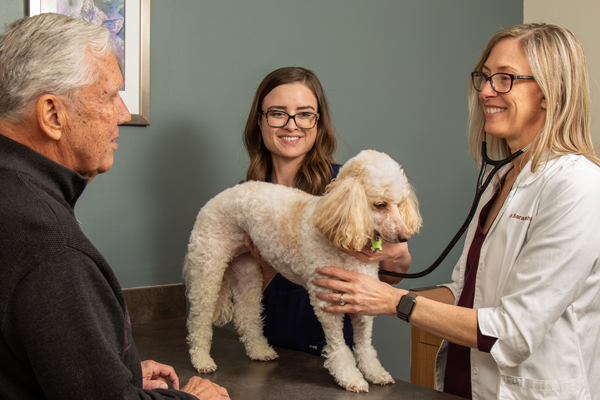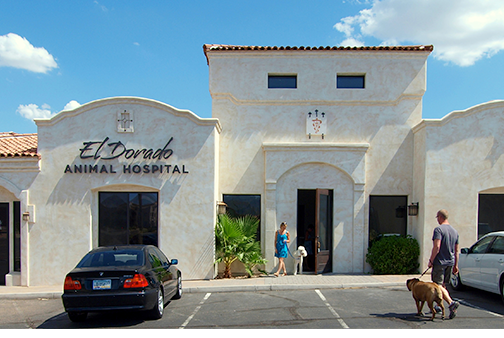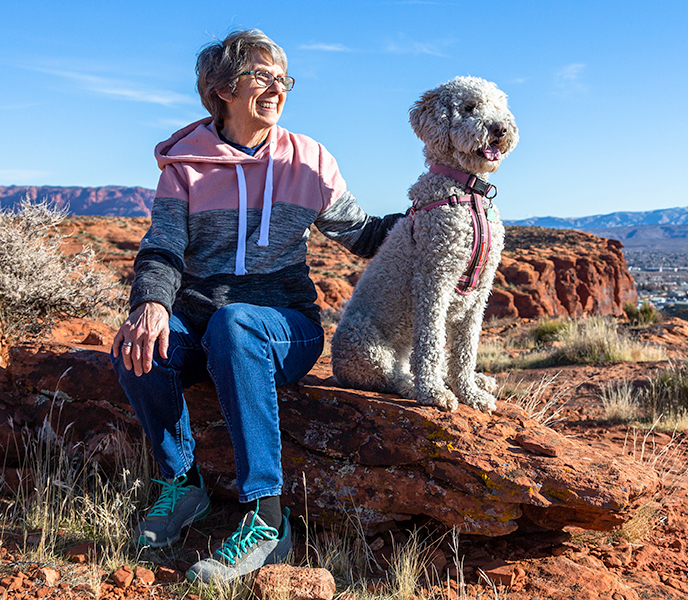Uncommon care for dogs and cats.
Your pet. Our calling.
Welcome. We are an advanced, AAHA accredited, veterinary clinic in Fountain Hills, Arizona.
We provide unparalleled medical, dental, surgical, and daytime hospital services.
Or call for an appointment:

We are a full service, AAHA accredited veterinary hospital in Fountain Hills, Arizona. We provide medical, dental and surgical services for dogs and cats. Our mission is to provide honest and personalized veterinary care in a comfortable environment, where pets are treated with compassion and owners are treated with respect.
Choosing the right veterinarian who can provide all the services your pet needs for a long, healthy life is important. That’s why we’re dedicated to offering a variety of quality treatments and services to keep them happy and healthy.



Doctorate of Veterinary Medicine
I decided to open a practice that would provide to our community that veterinarian who cares as much about the resident’s pets as they do. It’s my desire to bring small town values and honesty to our practice.
Doctorate of Veterinary Medicine
During my undergraduate education at Cal Poly San Luis Obispo and summer jobs working at my local vet clinic, I learned not only the basics of veterinary practice but also deepened my appreciation for the human animal bond.
Doctorate of Veterinary Medicine
I believe having animals is an integral part of our lives. Growing up around them really made me appreciate the human-animal bond and the benefits animals have on our lives.